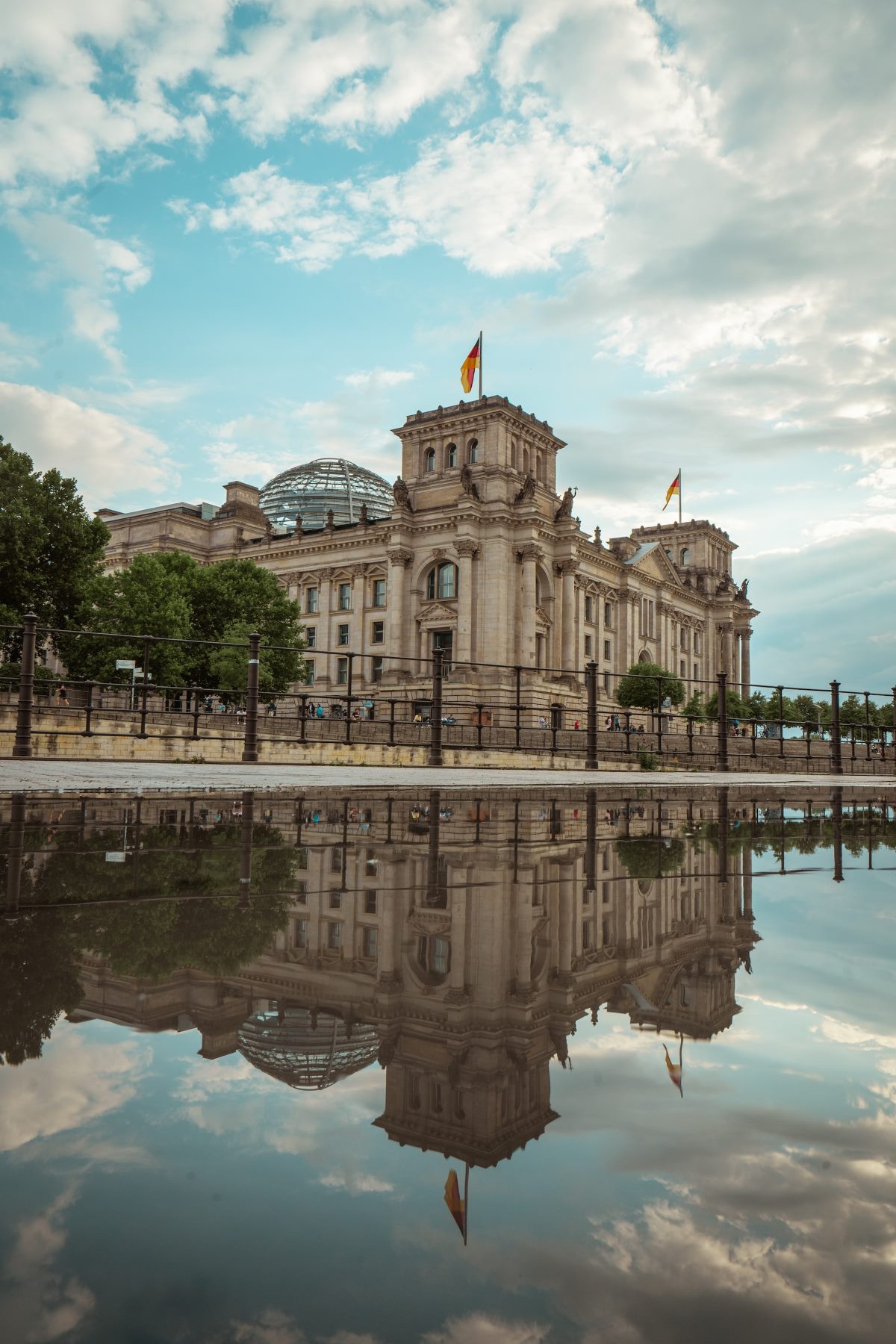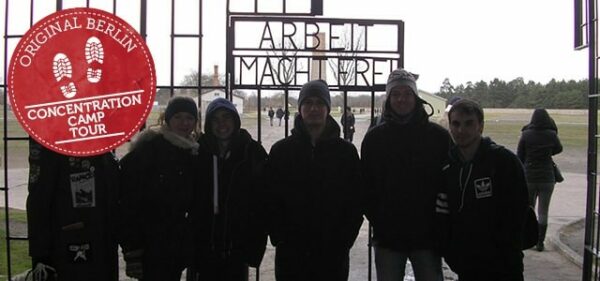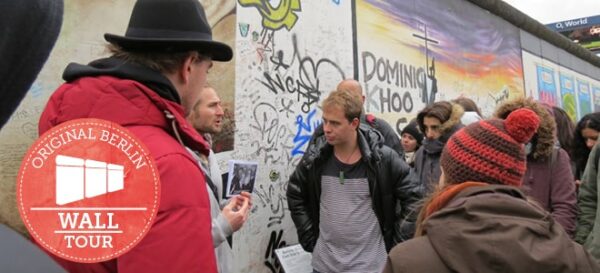The Oberbaum Bridge, located in the heart of Berlin, Germany, is more than just a crossing over the River Spree. It stands as a symbol of the city’s history, resilience, and the unification of East and West Berlin. In this article, we will delve into the fascinating story behind this iconic bridge, exploring its architectural significance, historical background, and the role it plays in modern Berlin.
The Architecture of the Oberbaum Bridge
The Oberbaum Bridge is a striking example of Gothic Revival architecture, characterized by its distinctive red-brick towers and elegant arches. The bridge spans 154 meters and consists of two levels, accommodating both vehicular traffic and pedestrians.
One of the most captivating features of the Oberbaum Bridge is its intricate ornamentation, showcasing sculptures, reliefs, and details that reflect the artistry of the late 19th century. As you cross the bridge, pay attention to the carefully carved stone reliefs depicting the city’s coat of arms, the Berlin Bear.
A Bridge with a Historical Background
While the Oberbaum Bridge serves as a stunning architectural landmark today, it holds significant historical importance. Built between 1894 and 1896, the bridge initially served as a vital transport link between the districts of Friedrichshain and Kreuzberg, which were then separate municipalities.
During the Cold War, when Berlin was divided by the infamous Berlin Wall, the Oberbaum Bridge became a powerful symbol of separation and division. It stood as a tangible representation of the divide between East and West Berlin and remained closed to both pedestrians and cars. At the time, the bridge was located in the no man’s land between the Friedrichshain and Kreuzberg districts.
The Bridge’s Role in the Berlin Wall’s Demise
When the Berlin Wall fell in 1989, the Oberbaum Bridge emerged as a physical and symbolic link between the two parts of the city. It served as a passage for thousands of East Berliners seeking to explore West Berlin for the first time in decades, marking a significant turning point in German history.
Today, the bridge represents the reunification of Berlin and is a testament to the resilience and spirit of the city. It embodies the journey from division to unity, serving as a poignant reminder of the struggles endured and the progress made.
The Oberbaum Bridge’s Cultural Significance
Beyond its historical and architectural importance, the Oberbaum Bridge plays a crucial role in Berlin’s vibrant cultural scene. The bridge acts as a canvas for the city’s renowned street art, with ever-changing murals adorning its walls. Artists utilize the bridge as an open-air gallery, expressing their creativity and contributing to Berlin’s status as a hub of contemporary art.
Furthermore, the Oberbaum Bridge is a popular filming location, having featured in various movies and television shows. Its iconic towers have become synonymous with Berlin’s representation on the silver screen.
Exploring the Bridge and its Surroundings
When visiting the Oberbaum Bridge, take the time to explore its surroundings. The bridge connects two vibrant neighborhoods, Friedrichshain and Kreuzberg, which are teeming with cafes, restaurants, and cultural attractions. Wander along the East Side Gallery, a section of the Berlin Wall covered in vibrant murals, or enjoy the picturesque views of the River Spree from the bridge’s pedestrian walkways.
In conclusion, the Oberbaum Bridge stands as an extraordinary symbol of Berlin’s history, unity, and artistic spirit. Its architecture, historical background, and cultural significance make it a must-visit destination for both locals and tourists alike. As you stand on the bridge, take a moment to reflect on the city’s journey from division to unification and appreciate the resilience that brought the Berliners together.






Leave a Reply